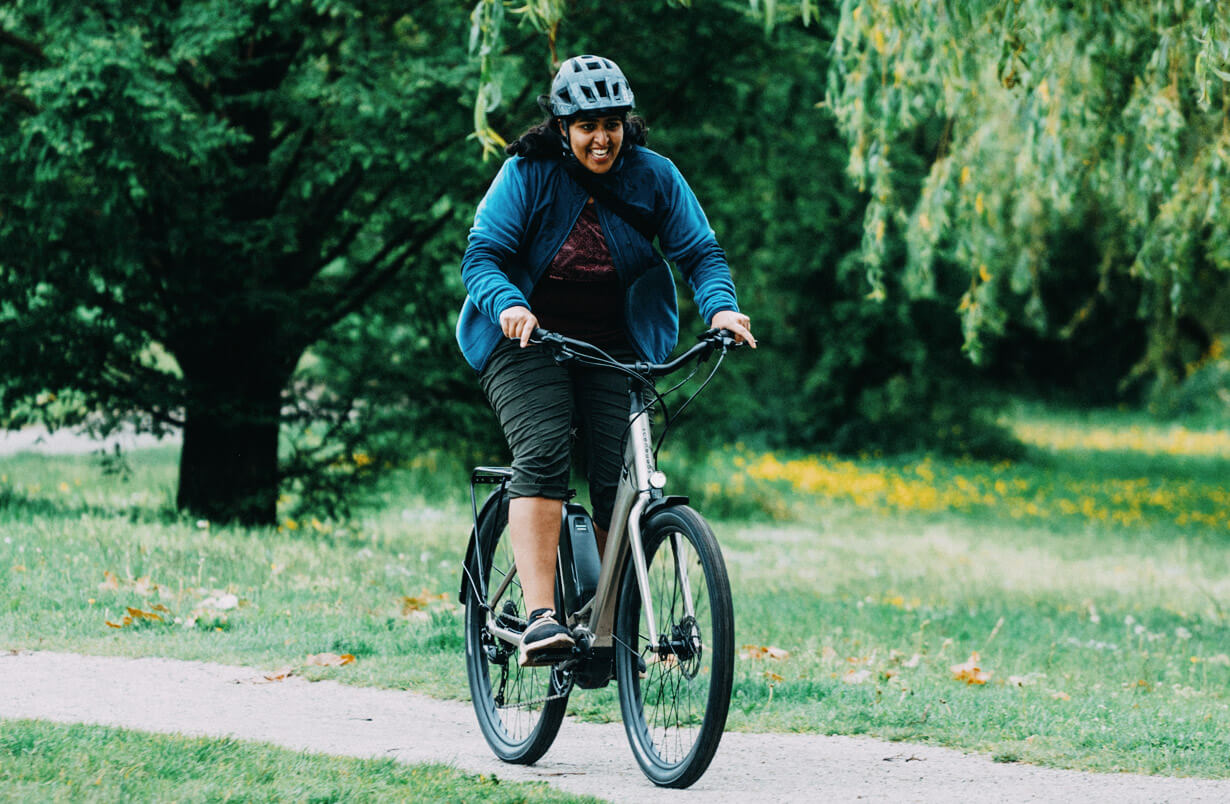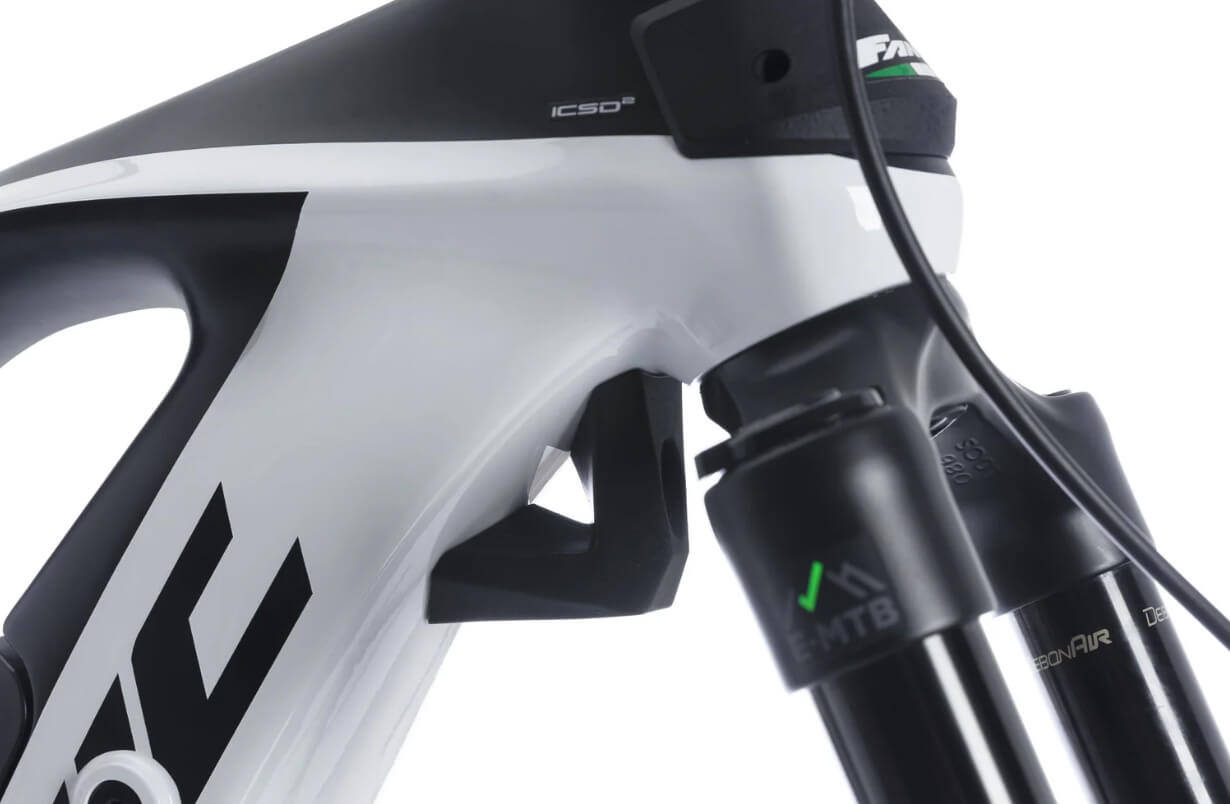Design
Consider your storage space and how often you'll need to transport it.
Choose a design that suits your riding style and preferences (e.g., mountain/adventure bike, cruiser bike, commuter bike).
Battery
The distance you can travel on a single charge depends on the battery capacity and your riding conditions (e.g., hills, wind).
Look for a battery with a reasonable charging time.
Lithium-ion batteries are the most common type used in e-bikes.
Motor
The motor's power determines how much assistance it can provide. Higher wattage motors are suitable for hilly terrain or heavier riders.
Hub motors are located in the front or rear wheel, while mid-drive motors are located between the pedals. Each has its own advantages and disadvantages.
Operation
Most e-bikes have pedal assist, where the motor provides assistance when you pedal.
Some e-bikes also have a throttle, allowing you to control the motor without pedaling.
Consider the number of gears for adjusting your speed and effort on different terrains.
Additional Tips
Always test ride an e-bike before purchasing to ensure it's comfortable and suits your needs.
Check the warranty coverage for the bike, battery, and motor.
Consider purchasing from a local dealer with good service and support.







